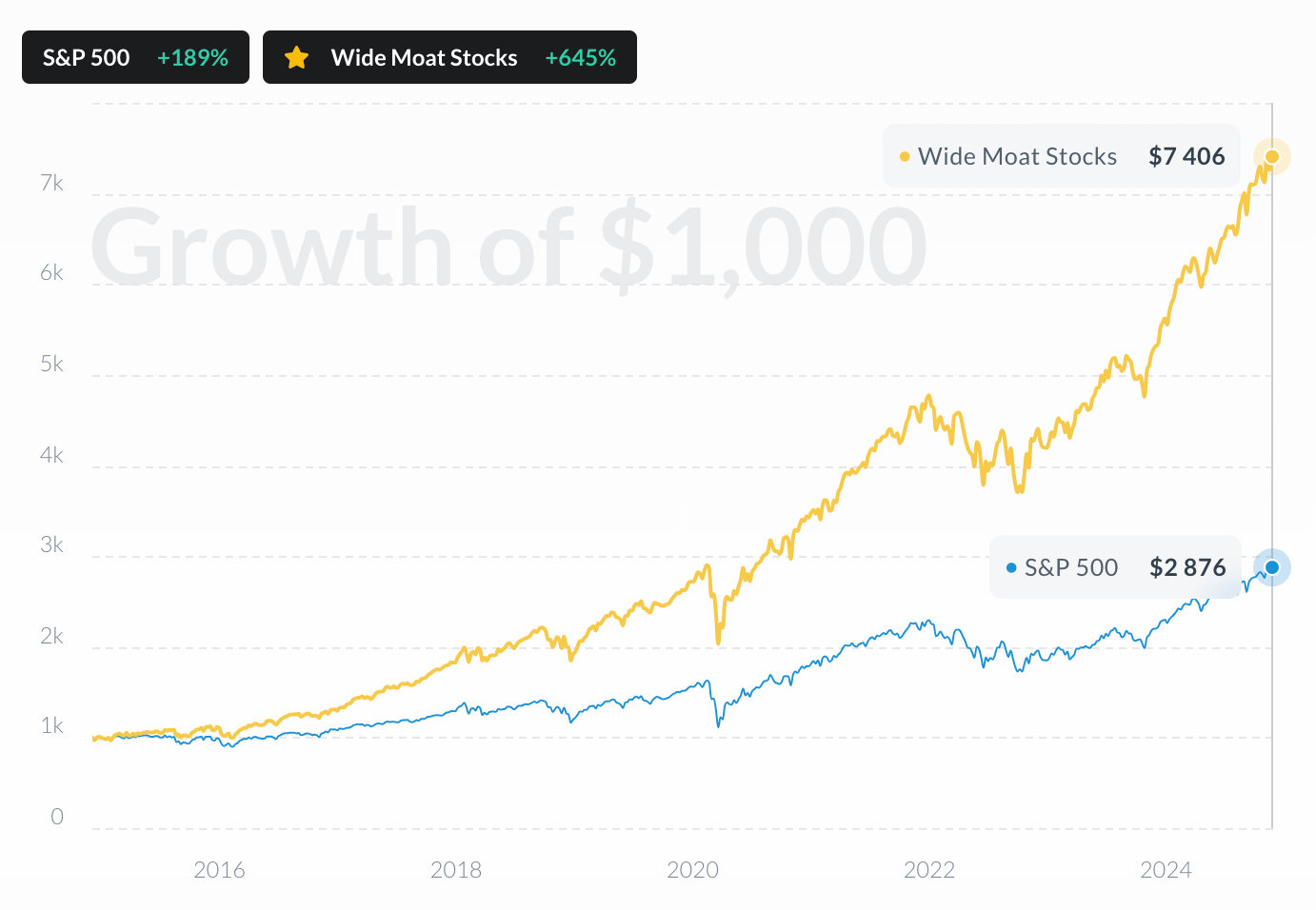 ETSY
vs
ETSY
vs
 S&P 500
S&P 500
 ETSY
ETSY
 S&P 500
S&P 500
Over the past 12 months, ETSY has underperformed S&P 500, delivering a return of -2% compared to the S&P 500's +14% growth.
Stocks Performance
ETSY vs S&P 500

Performance Gap
ETSY vs S&P 500

Performance By Year
ETSY vs S&P 500

Compare the stock's returns with its benchmark index and competitors. Gain insights into its relative performance over time.
ETSY Inc
Glance View
In the bustling universe of e-commerce, Etsy Inc. has carved out a distinctive niche, catering to a vibrant community of artisans, creators, and eclectic entrepreneurs. Founded in 2005, Etsy operates as a global online marketplace that connects millions of sellers with buyers seeking handcrafted, vintage items, and unique factory-manufactured goods. Unlike mega-platforms driven by mass production and scale, Etsy flourishes by emphasizing rarity and individuality. Its digital marketplace serves as a virtual storefront for sellers who often deal in one-of-a-kind items that resonate personally with consumers. The platform’s user-friendly interface allows sellers to easily list their items, manage their virtual shops, and interact directly with customers, fostering a sense of community and personalized shopping experience. Etsy generates revenue primarily through listing and transaction fees from its sellers. This business model aligns its financial incentives with the success of its sellers, creating a symbiotic relationship. Sellers list their products for a nominal fee and once a sale is made, Etsy charges a percentage-based transaction fee, encouraging the marketplace to actively enhance its sellers’ exposure and sales potential. Additionally, Etsy offers ancillary services such as advertising and promotional tools, web hosting through Pattern, and Etsy Payments, which streamline the transaction process. These add-ons help sellers expand their businesses while Etsy captures further economic potential. In essence, Etsy thrives by combining commerce with a sense of personal connection, and mutual benefit, in stark contrast to the impersonal nature of larger online retail platforms, thus maintaining a unique and robust business ecosystem.



































